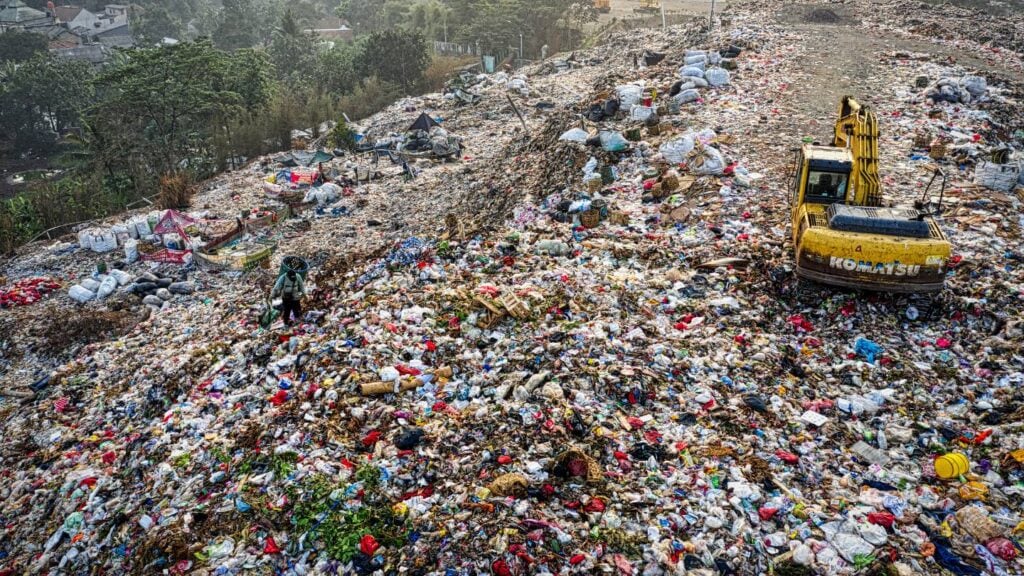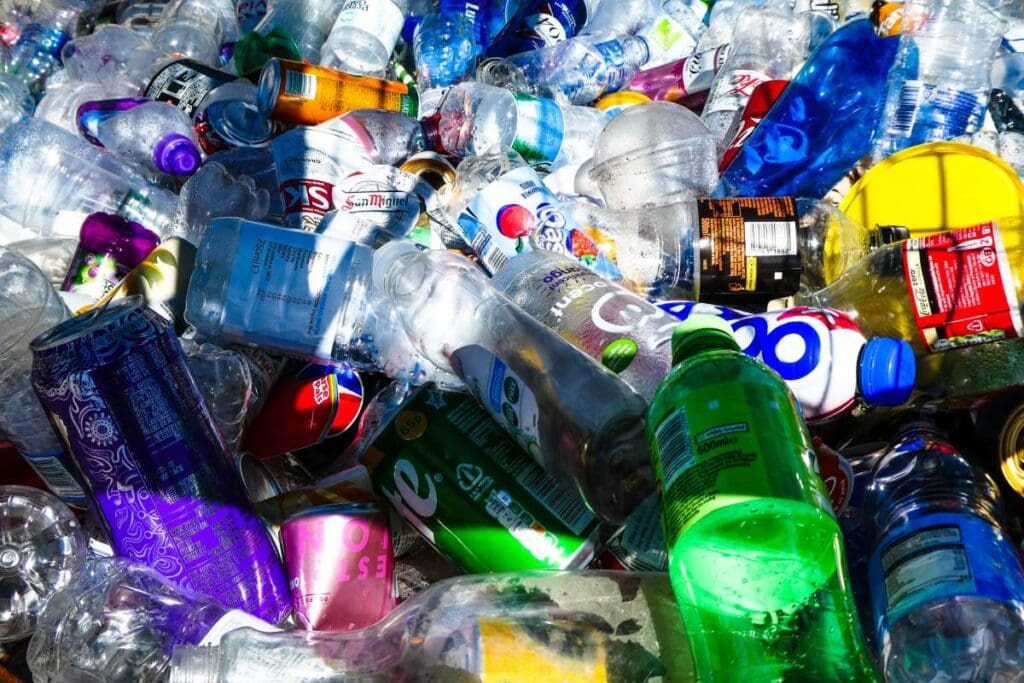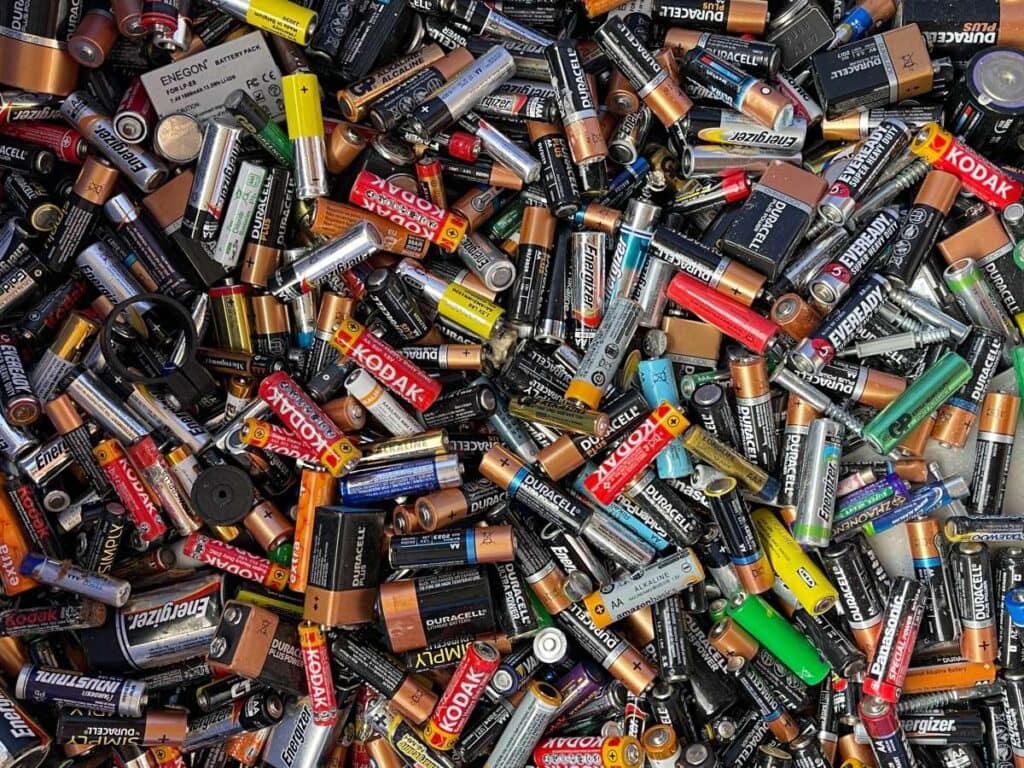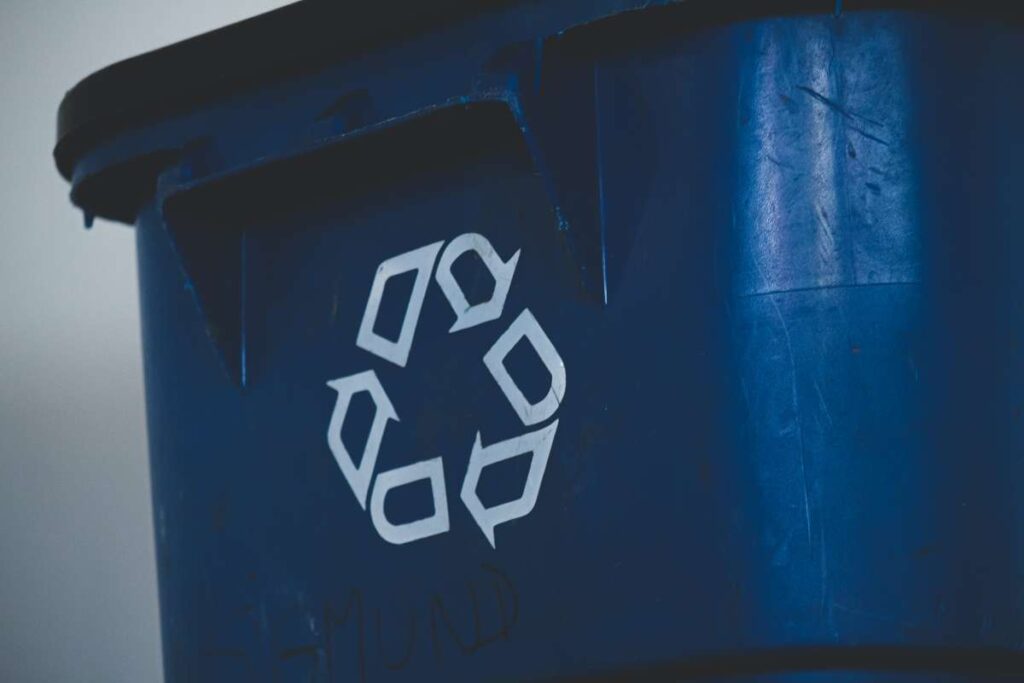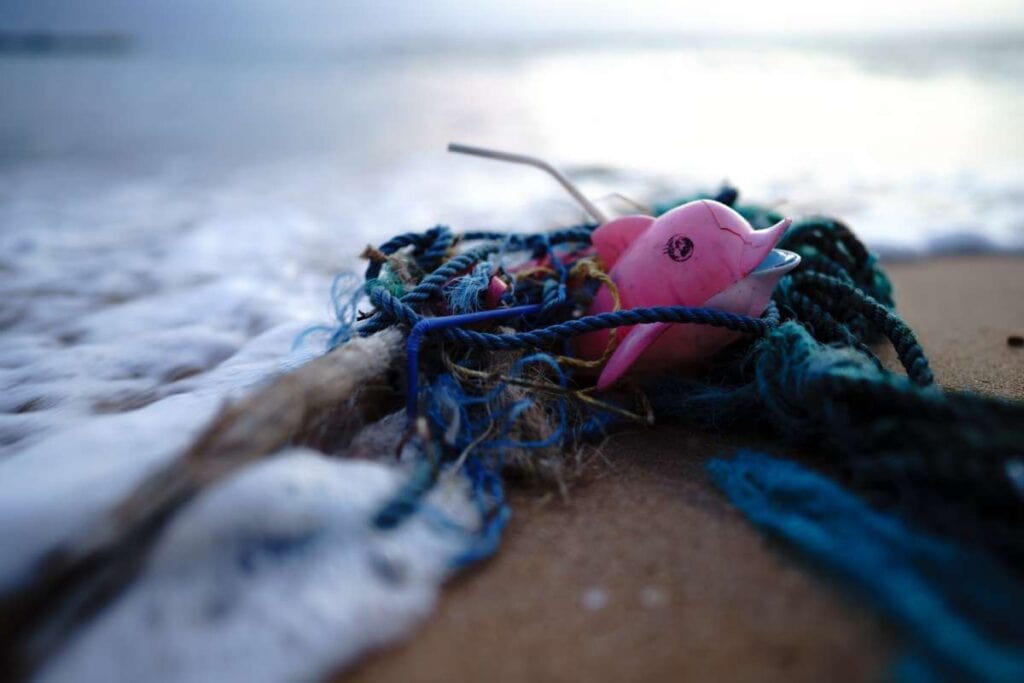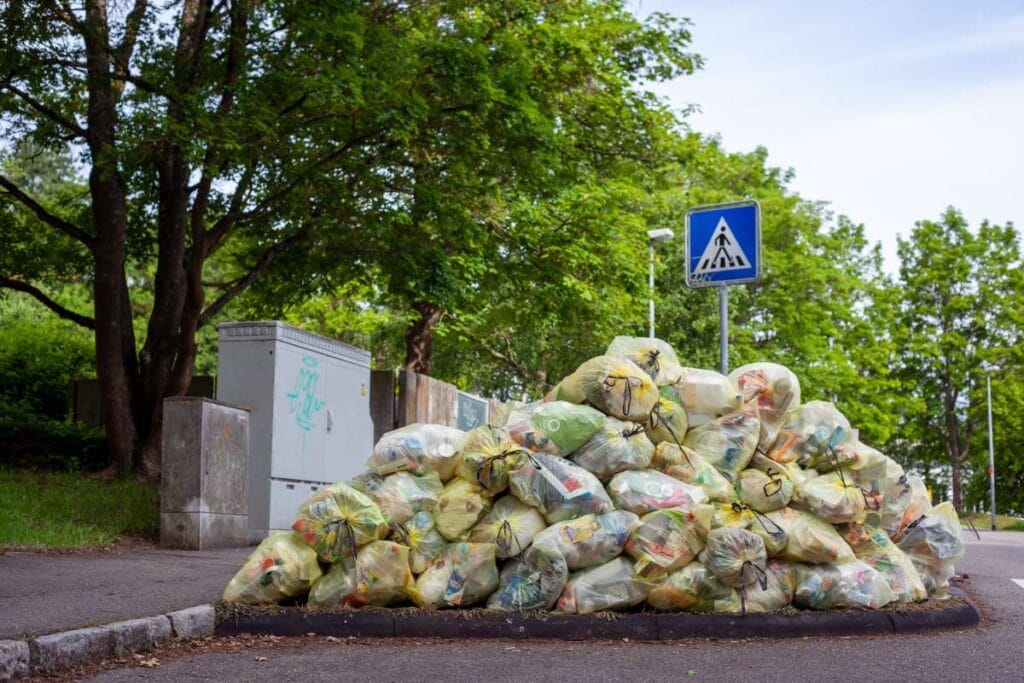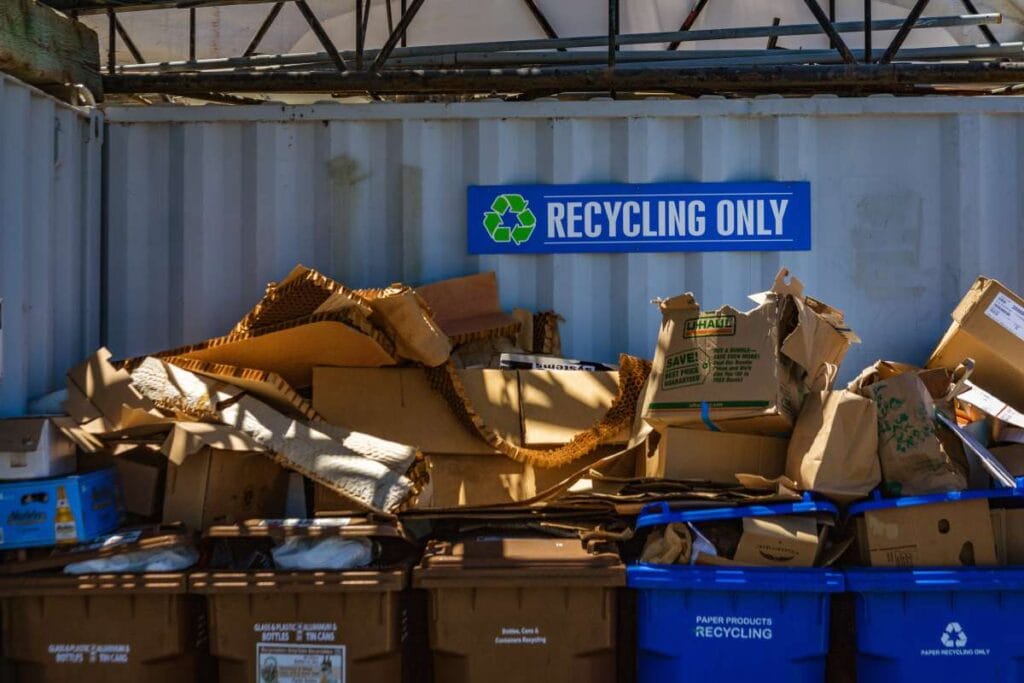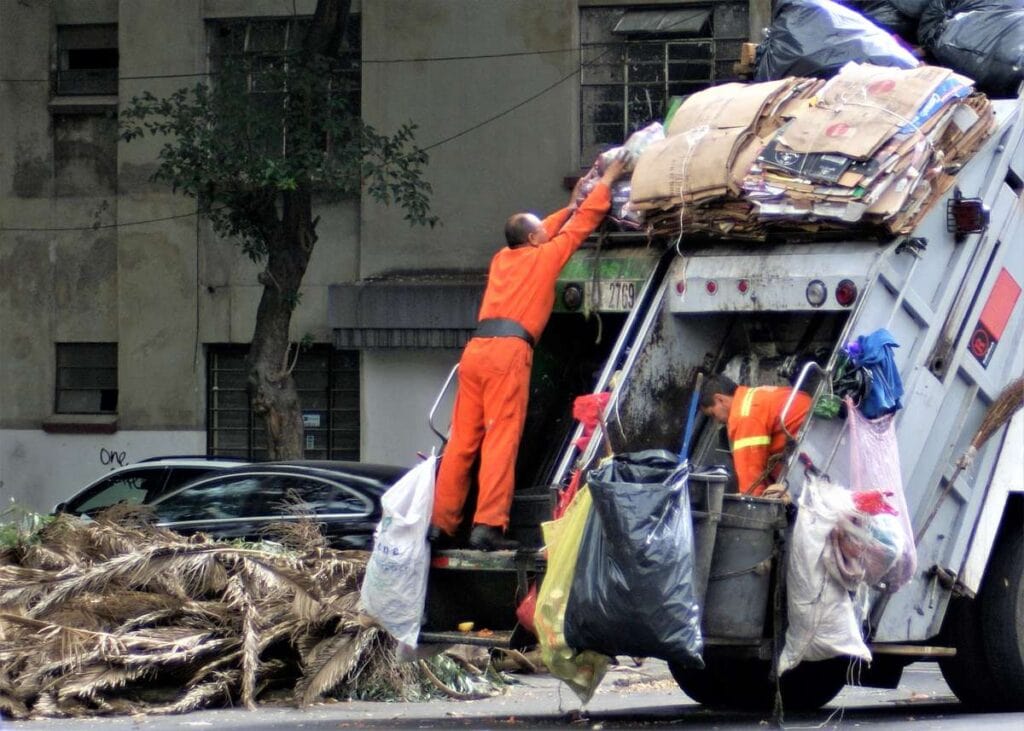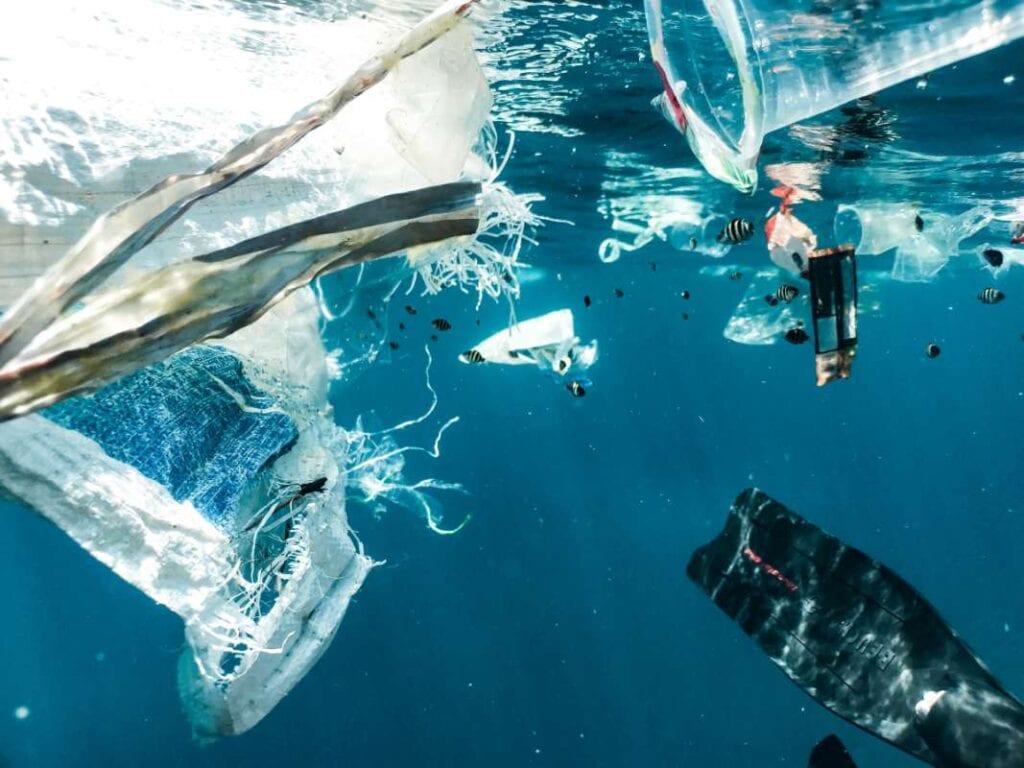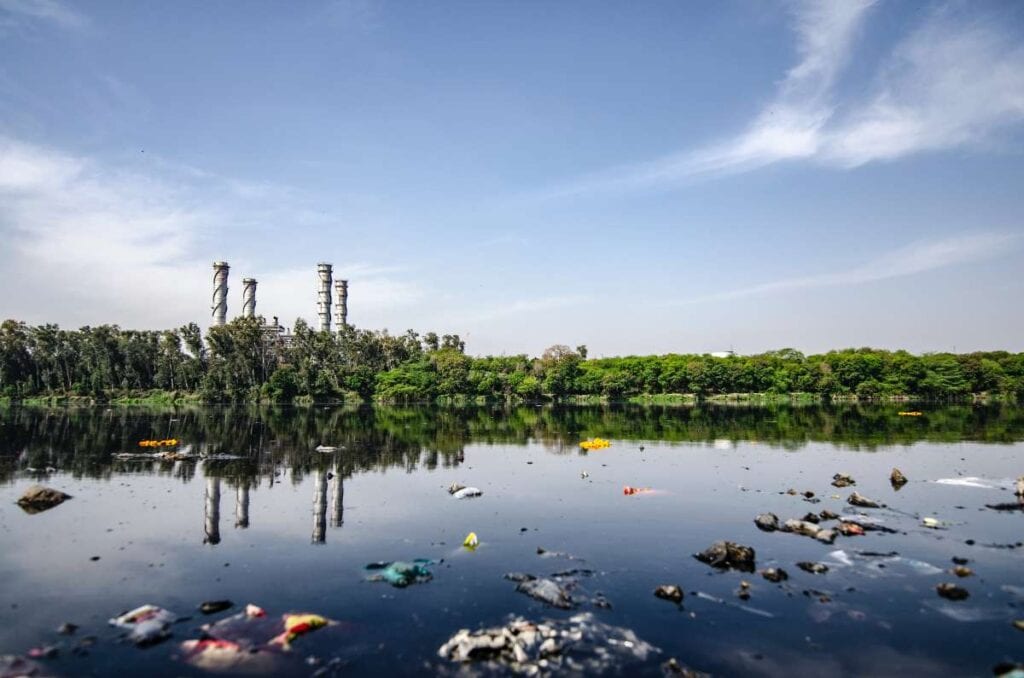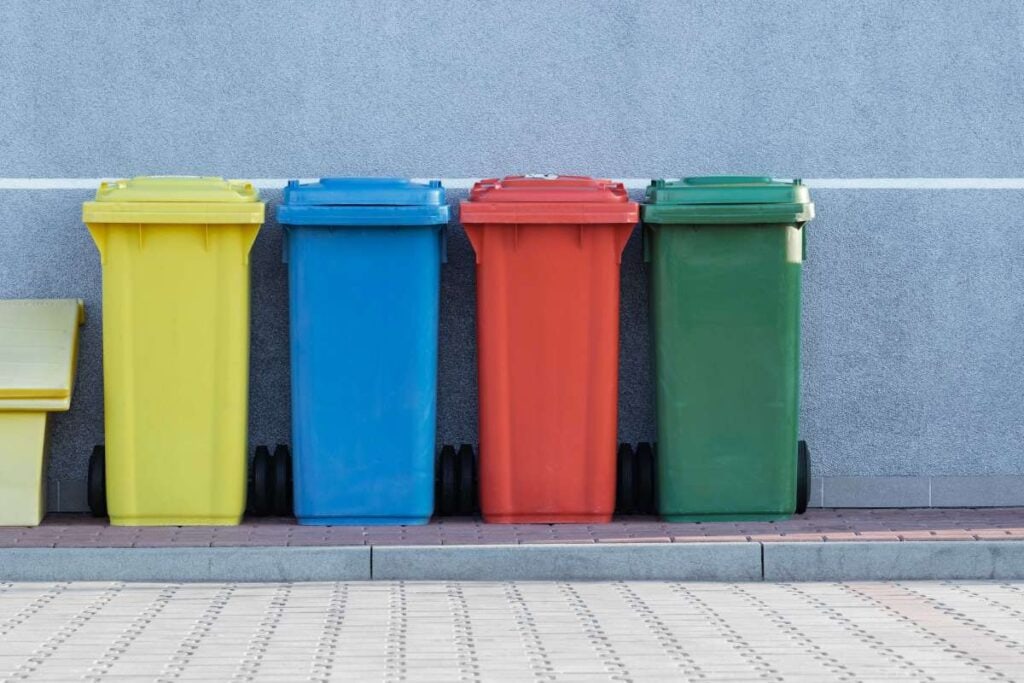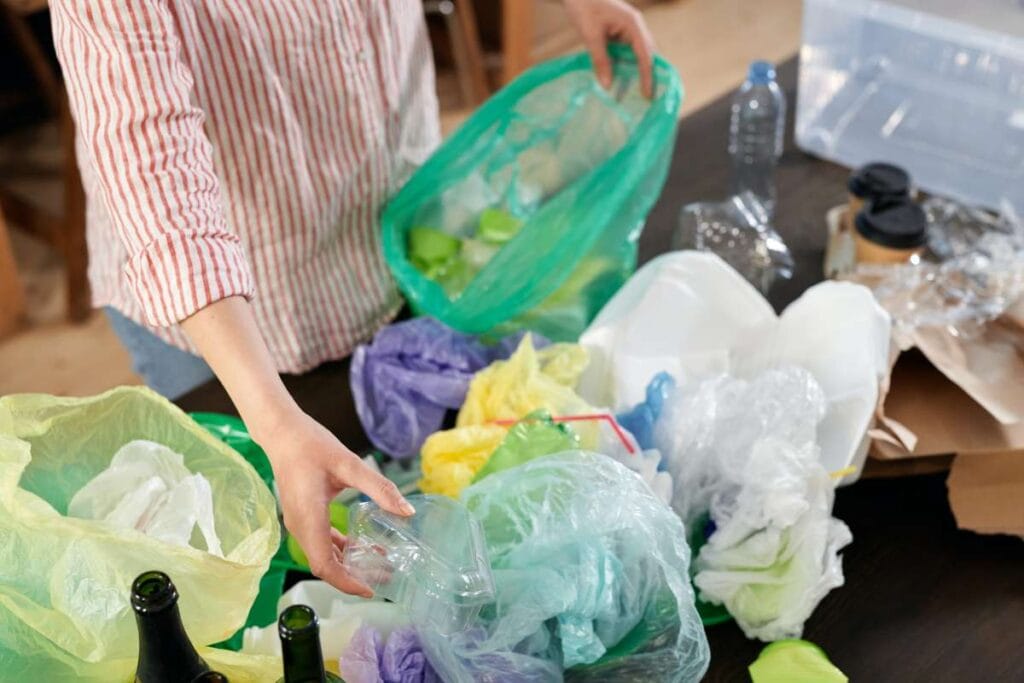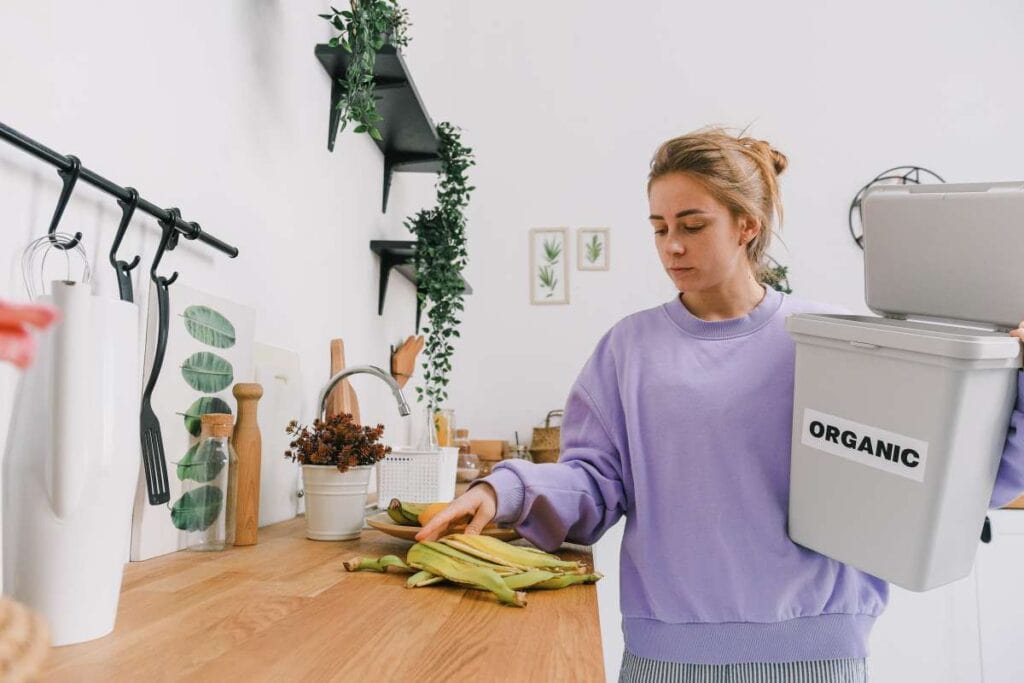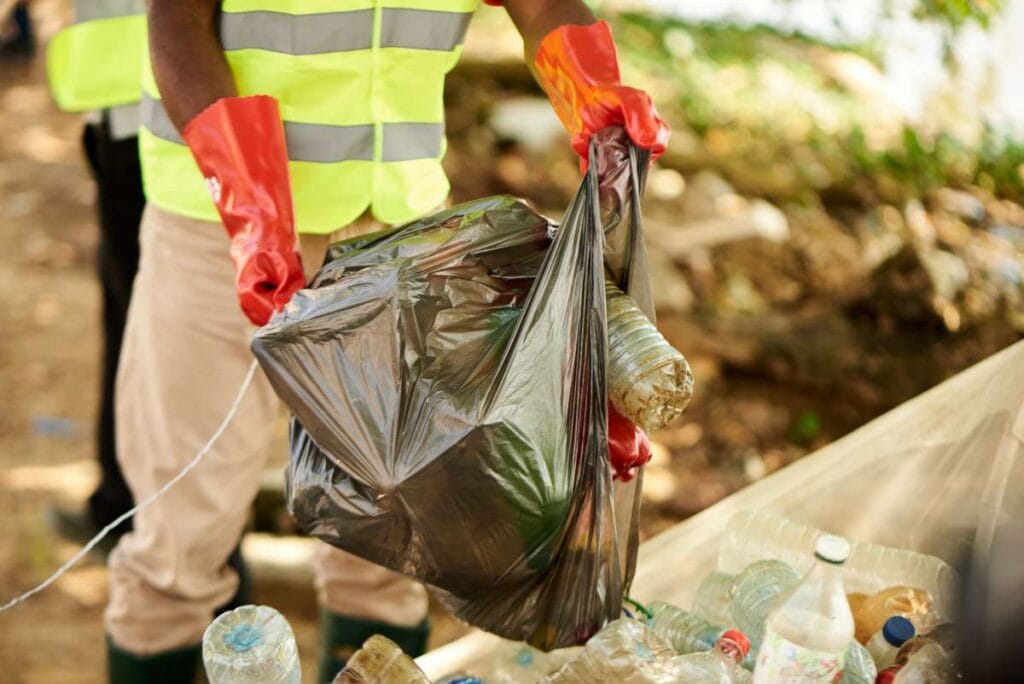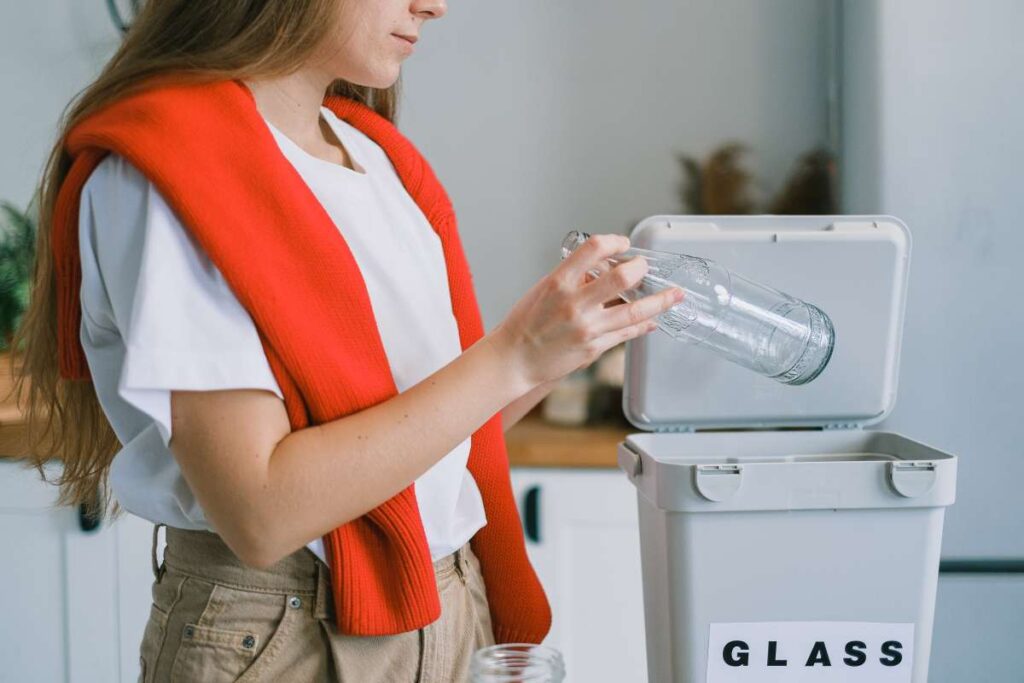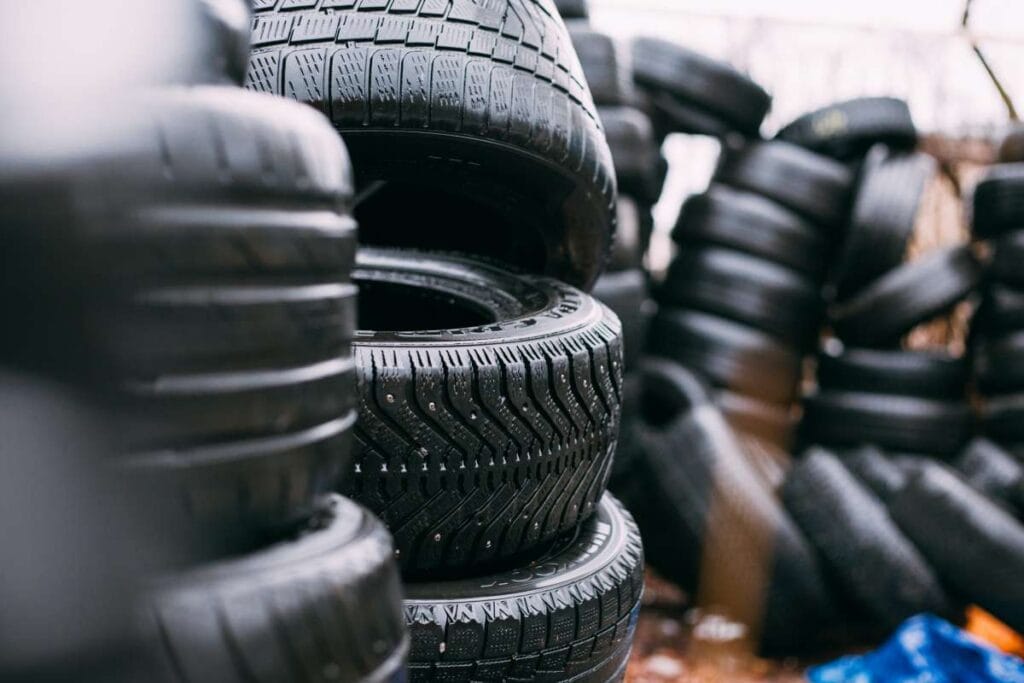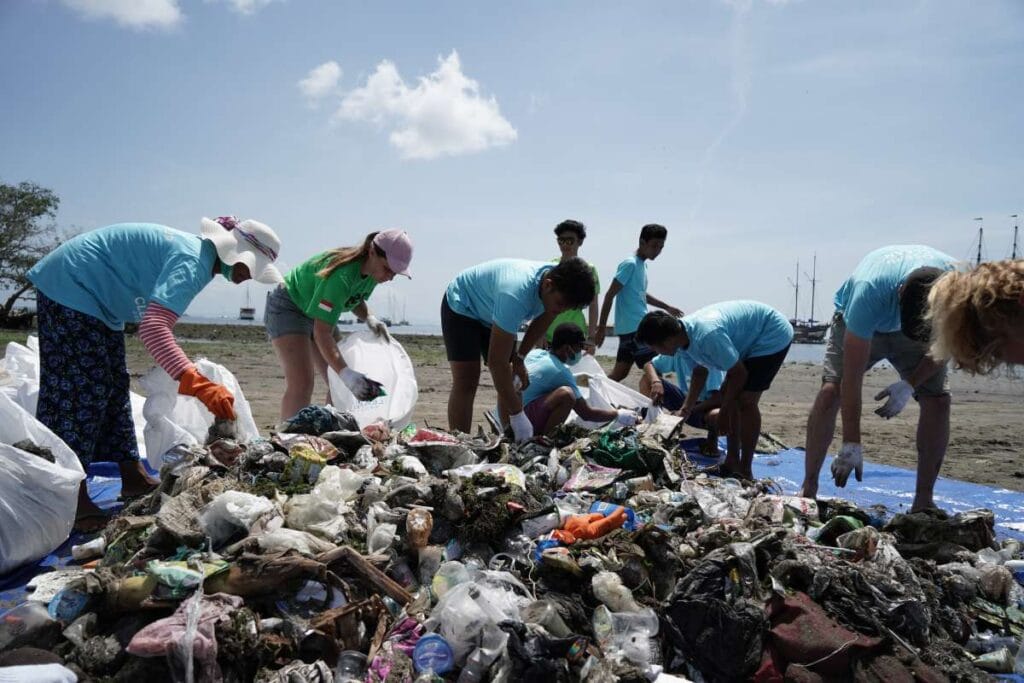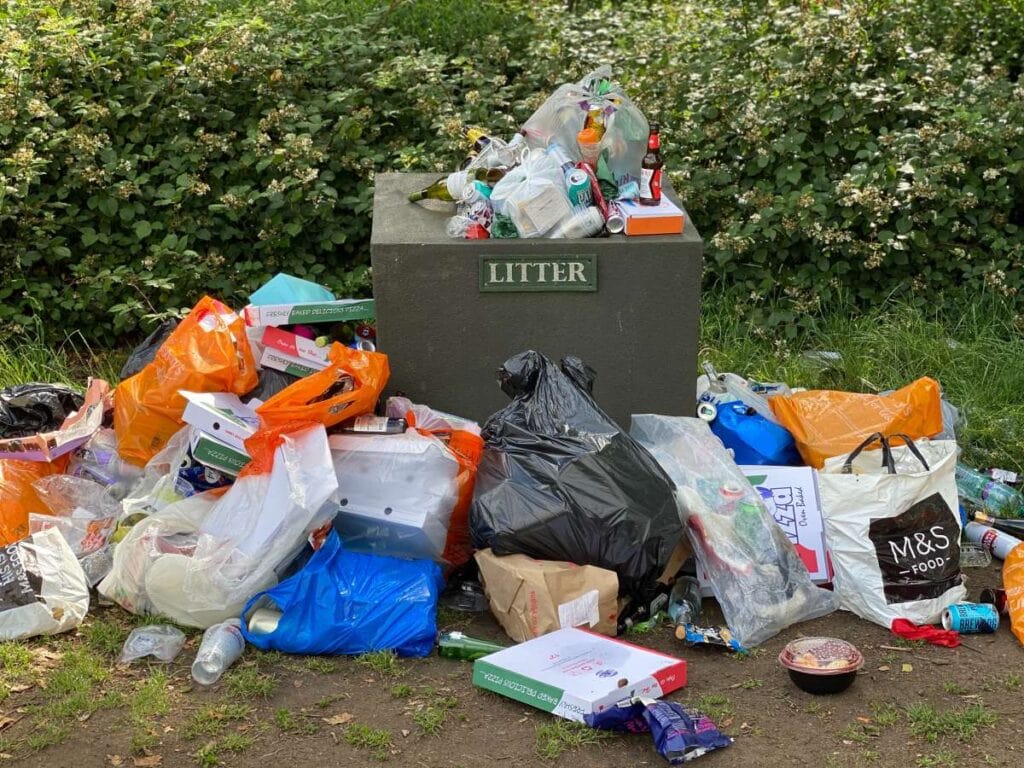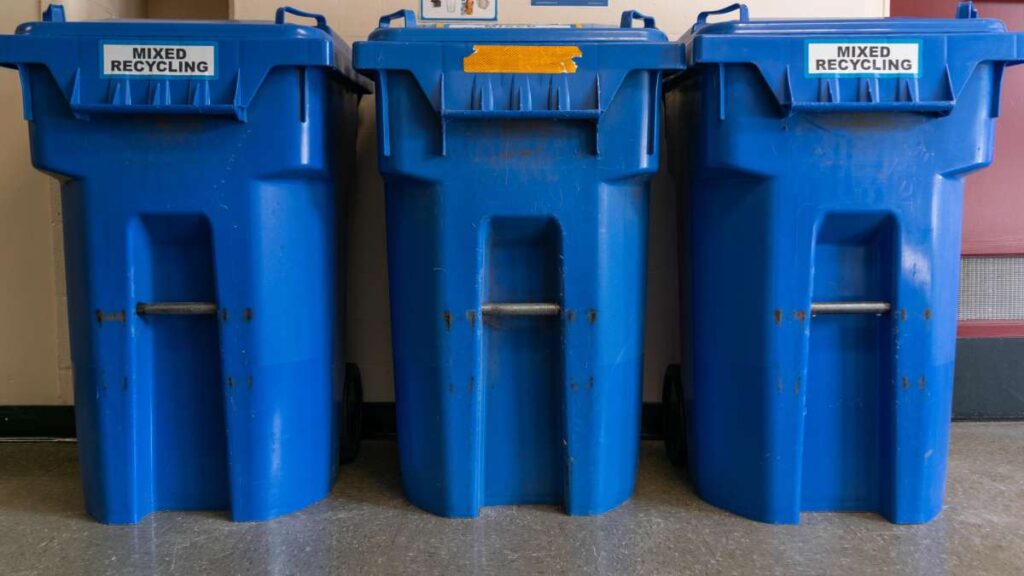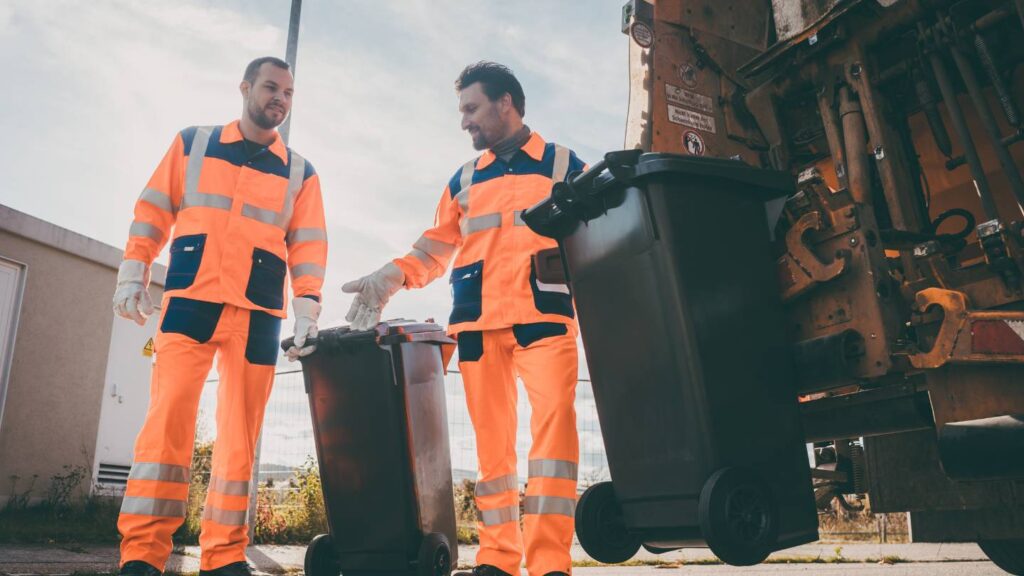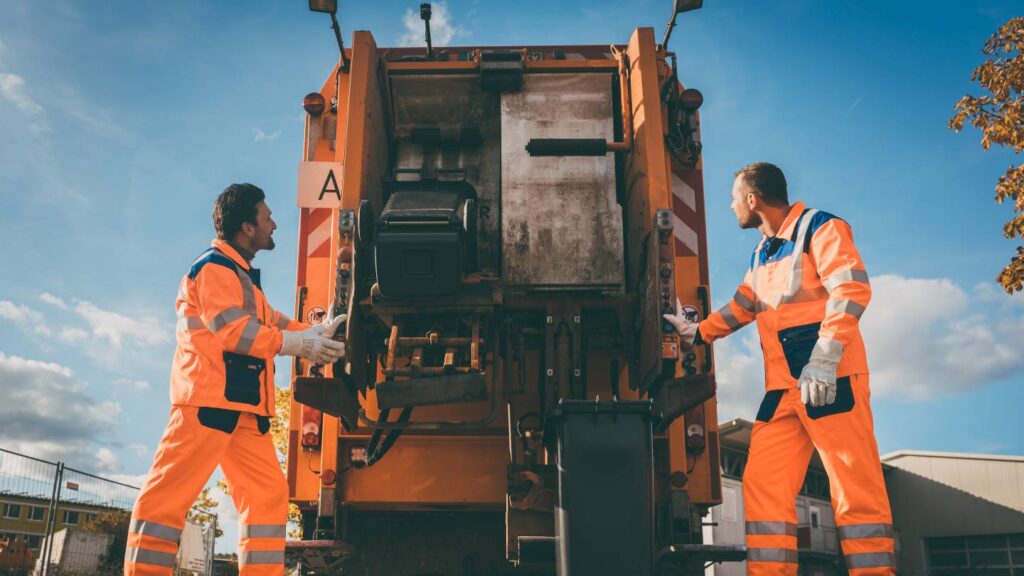Without considering whether or not anything could be recycled, you've likely just tossed everything in the trash. This has happened to everyone, so don't feel bad about it. However, there are more eco-friendly methods of garbage disposal. Because of its landfill fate, it poses substantial health and environmental dangers.
Are you aware that there are at least seven distinct kinds of trash? You can put this data to good use by using it to identify the items that have accumulated in your yard, driveway, house, or workplace. Your trash disposal strategy will change depending on what kinds of trash you have. To that end, we've compiled all the data you'll need to know about the many forms of trash and how to dispose of them in this piece properly.
Types Of Rubbish Waste
Liquid Waste
Industries and homes alike often produce liquid waste. This garbage comprises unclean water, used detergent, organic substances, and rainwater. You must be aware that there are two subcategories of liquid waste: nonpoint and point source.
The difference between point-source and nonpoint-source liquid waste is that all manufactured liquid waste falls into the former category. The most effective method for disposing of liquid trash is to hire professional waste removal services.
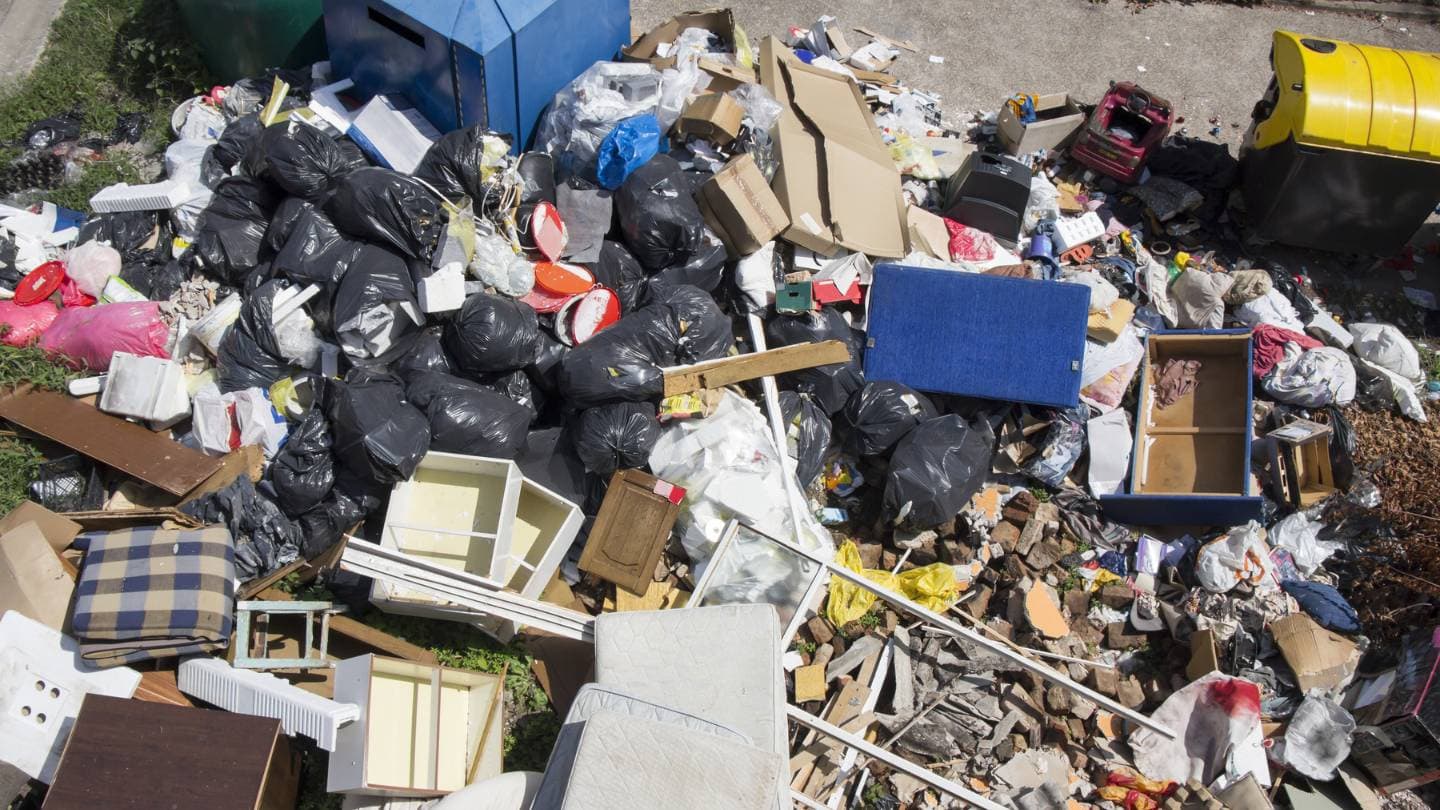
Included In This Category Of Waste Are Examples Such As
- Unclean liquid
- Rinse the dish with water.
- Biological fluids
- Cleansing agents that are no longer needed
- Water from the rain
Solid Waste
Many materials from homes, businesses, and other commercial and industrial settings make up solid trash. There are typically four categories for solid waste:
Plastic Waste
Bags, bottles, containers, and many other plastic items you might find about the house. Even though plastic doesn't break down in nature, numerous varieties can be reused. It is important to separate plastic trash from other types of trash before placing it in the recycling bin. At Coles or Woolworths, you can find red bins at the front of the store to dispose of plastic and soft plastic packaging, such as bread bags.
Paper Waste
Items, including newspapers, cardboard, and packaging materials. Reusing and recycling this kind of trash is a breeze. If you want to recycle them, put them in your bin or bring them to a nearby centre.
Metals And Tins
You can find this garbage in all sorts of places throughout your home. Recyclability is a major issue for most metals. Thus, to dispose of this waste appropriately, bring these goods to the nearest recycling centre or place them in your recycling bin.
Glass And Ceramic
Recycling these materials is a breeze. Look for bottle banks and designated glass recycling boxes in your area for proper disposal.
After a party or other event, most Australian houses have shattered at least one glass or a few bottles of beer. The ability to melt down glass objects and create new glass is well-known. However, only some pieces of broken glass may be used again.
Glass for drinking and window panes melts at different temperatures than glass for recycling containers, among other differences in glass qualities. But, the majority of shattered glass ends up in the garbage.
It is difficult to recycle damaged ceramics like porcelain ware, garden pots, and similar items, just like glassware. Because of their characteristics, even slightly damaged or tainted pottery cannot be donated.
Clinical/Medical Waste
Immunisation, treatment, and diagnosis of humans or animals, as well as research involving the testing or creation of biological materials, all generate medical waste.
Pharmaceutical trash can be found in homes, hospitals, clinics, and veterinarian offices. Thus, it must be disposed of properly.
Bandages, dressings, leftover syringes, and chemicals like formaldehyde and phenols are other medical waste common in typical family homes.
Dispose of hypodermic needles and other potentially dangerous medical waste separately from household garbage. Medical waste is infectious, thus improper handling and disposal can harm human health.
Medical Waste And Its Examples
All medical waste is bandages, needles, packaging, samples, and personal protective equipment (PPE) like gowns, masks, and gloves.
Electrical Waste (E-Waste)
Printers, computers, monitors, phones, music players, vacuum cleaners, DVD players, televisions, and so on all contribute to the accumulation of electrical waste.
Anything that has a battery, power source, or electrical component is considered to be part of this category, whether it's a commercial or residential item. These may include environmentally and socially hazardous metals like cadmium, antimony oxide, mercury, lead, and brominated flame retardants.
Lightbulbs
The jagged glass shards and toxic components (gases, electronics) left behind by incandescent, compact fluorescent, and light-emitting diode (LED) light bulbs should never be disposed of in a recycling bin.
On the other hand, incandescent and halogen light bulbs are perfectly fine to throw away with regular trash.
Some Common Forms Of Electrical Debris:
In a broad sense, electrical waste encompasses a variety of electronic gadgets, such as computers, printers, music players, televisions, phones, vacuum cleaners, and many more.
Hazardous Waste
Toxic, explosive, corrosive, and reactive trash are all hazardous waste. Chemical and radioactive waste are also part of it.
To protect yourself and the environment, properly dispose of these items. Hence, we suggest using a professional waste removal service for the safe disposal of all hazardous garbage.
Since hazardous items can be reactive, poisonous, combustible, acidic, or explosive, it is unsafe to dispose of them in a recycling container or with regular trash. The release of chemicals from hazardous waste that is not properly or unlawfully disposed of has the potential to contaminate our air, water, and even food. To illustrate, it just takes one gallon of wasted oil to render one million gallons of potable water infertile.
Here Are Some Examples Of Waste That Fall Under This Category:
- Cleaners, paint, and motor oils
- Energy storage devices
- Spray containers
- Electric light bulbs
- Tubes that emit light
- Various types of pesticides
- Poisonous plants
- Chemicals
- Gas canisters
- Plant Foods Oils
Recyclable Waste
It is possible to safely recycle and transform some commercial and residential waste into new and valuable resources.
However, properly segregate and organise your waste materials so that a full recycling bucket may be recycled. Press down on cans, boxes, and plastic bottles to make room for more recyclables in your bins.
The most efficient way to sift trash for recycling is to sort it right where it comes from. Flatten the bottles, cans, and cartons if you want to get more stuff into your recycling bag or container.
Included In This Category Of Waste Are Examples Such As
- Metals, glass, paper, and furniture
- Biodegradable materials
Demolition And Construction Debris
The likelihood of finding a lot of debris and scraps on your property increases if you have recently completed house renovations or construction. Used bricks, old concrete, floor tiles, shingles, soil, and other garbage from a construction site may be found in this demolition and construction detritus.
Many people reuse their old bricks and cement blocks as garden accents. Asphalt and concrete are two more materials that some people use to make driveway bases and obstacles.
If you leave trash around your property, people and children could be hurt or injured. You can recycle it, compost it, sell it to scrap dealers, or hire a trash removal service; these are just a few options for dealing with construction debris.
Renovation and building operations often result in the generation of this heavy material. Materials such as asphalt, carpets, timber, fill soil, concrete, shingles, ceiling tiles, bricks, plumbing fittings, and more could be included.
Bricks, cement blocks, and other building materials can be recycled or repurposed; however, crushed asphalt and concrete are more commonly used to provide the foundation for new roads and driveways. It is possible to recover and repurpose surplus untreated and unpainted wood timber as dimensional lumber; however, it is most commonly chipped and used in composting and landscaping. Scrap metal merchants can buy metals.
Building Debris Examples
Tiles from the ceiling or bathroom, plumbing fixtures, insulation, plaster or wood frames, gyprock, bricks, concrete, pebbles, skirting, and fill dirt are all potential items in construction debris.
Green Waste
Here, you will find landscaping materials and food scraps that decompose in weeks or months when subjected to the right temperatures and pressures.
Green Waste Examples
Grass, weeds, tree branches, vegetable leftovers, cereals, bread, and paper products are all considered "green waste".
Textile Waste
Second only to plastic in terms of waste production is the textile sector. Garments have a normal lifespan of three years; thus, used textiles accumulate rapidly and makeup approximately five per cent of landfill trash.
Used clothing, bedding, couches, carpets, and other typical textile items are all considered textile waste.
White Goods
White goods refer to big white electrical appliances used around the house, such as refrigerators, freezers, dishwashers, air conditioners, microwaves, etc.
All contemporary white goods include electrical components, making them a distinct type of electronic waste that is more difficult to dispose of than smaller devices.
Food Waste
The garbage produced at any point in the food production and consumption cycle is food waste. For example, you can throw away the peels and cores of fruits and vegetables and any leftovers, bread, coffee grounds, or unfinished food still in its packaging.
Although food scraps are easy to dispose of, they pose serious health dangers if left in trash cans for over a few days. Wasted food rapidly spoils, providing a home for dangerous bacteria and sustenance for pests and rats.
Some Instances Of Wasted Food Include
- Retail shops' unsold food
- Food scraps, unused dishes, and other kitchen scraps from homes, businesses, and cafes
- Waste materials from factories that make food and drink
- Grocery store perishables that are bruised or almost spoiled
- Charity recipients of restaurants' unsold food scraps and leftovers
- Food spoilage or loss that occurs during production or farming as a result of things like insufficient training, lack of standard operating procedures, or natural disasters
Industrial Waste
If not disposed of properly, industrial solid and liquid waste can cause illness, death, and even environmental harm that may last for decades.
It is optimal to handle garbage effectively and efficiently when it is generated. We can all do our part to protect our health and the environment by participating in responsible trash disposal.
Here Are Some Examples Of Waste That Fall Under This Category:
- Hazardous garbage, gases, oils, chemicals, and asbestos
- Garbage from factories
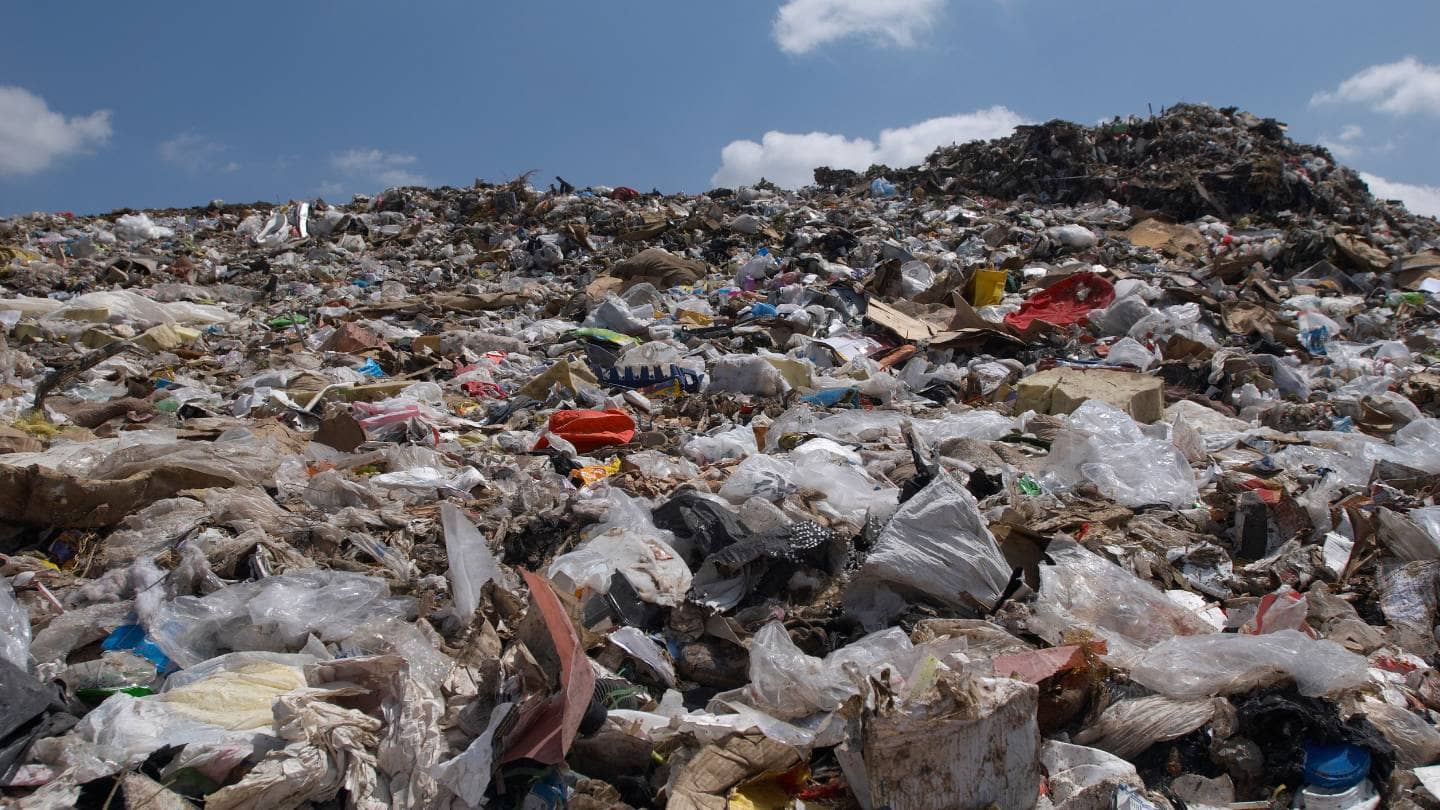
Organic Waste
Here, we have yet another typical household garbage item. Over time, microbes break down organic waste into manure, an organic fertiliser. But it doesn't mean you can throw them away.
Refrain from throwing away organic materials with regular trash since doing so causes landfills to produce methane. Consequently, organic waste disposal must have a green skin bucket or garden bag. You can also call a trash removal service to have this trash hauled away appropriately.
Included In This Category Of Waste Are Examples Such As
- Food scraps, yard trimmings, manure, and discarded meat
Conclusion
There are seven types of trash, including liquid waste, solid waste, medical waste, electrical waste, hazardous waste, and hazardous waste. Liquid waste includes unclean water, used detergent, organic substances, and rainwater, and can be disposed of by hiring professional waste removal services. Solid waste includes plastic waste, paper waste, metals and tins, glass and ceramics, medical waste, electrical waste, and hazardous waste.
Recycling and proper disposal of these wastes are essential for maintaining health and the environment. Plastic waste can be reused, while paper waste can be recycled. Metals and tins should be disposed of at the nearest recycling centre or placed in a bin.
Medical waste, including bandages, needles, packaging, samples, and PPE, should be disposed of separately from household garbage. Electrical waste includes electronic gadgets and hazardous waste, which can be hazardous and should be properly disposed of by a professional waste removal service.
Recycling and repurposing waste are essential for maintaining a healthy environment. Commercial and residential waste can be safely recycled, but proper organisation and sorting are crucial. Demolition and construction debris, such as bricks, concrete, and concrete, can be recycled or repurposed.
Green waste, including landscaping materials and food scraps, decomposes quickly when exposed to the right conditions. Textile waste, which includes clothing, bedding, and carpets, makes up about 5% of landfill trash. White goods, including electrical appliances, are a distinct type of electronic waste.
Food waste, including peels, cores, and leftovers, poses health risks if left in trash cans. Industrial waste, including hazardous garbage, gases, oils, chemicals, and asbestos, can cause long-term environmental damage. Organic waste, such as food scraps, yard trimmings, manure, and discarded meat, should be properly disposed of.
Content Summary:
- Tossing everything in the trash without considering recycling is common
- There are seven distinct types of trash: liquid waste, solid waste, clinical/medical waste, electrical waste (e-waste), hazardous waste, recyclable waste, demolition and construction debris, green waste, textile waste, white goods, and food waste
- Liquid waste includes unclean water, used detergent, organic substances, and rainwater
- Solid waste includes plastic waste, paper waste, metals and tins, and glass and ceramic waste
- Clinical/medical waste includes bandages, needles, packaging, samples, and personal protective equipment (PPE)
- Electrical waste (e-waste) includes printers, computers, monitors, phones, and other electronic gadgets
- Hazardous waste includes toxic, explosive, corrosive, and reactive trash, as well as chemical and radioactive waste
- Recyclable waste includes metals, glass, paper, furniture, and biodegradable materials
- Demolition and construction debris includes used bricks, old concrete, floor tiles, shingles, and soil
- Green waste includes grass, weeds, tree branches, vegetable leftovers, and paper products
- Textile waste includes used clothing, bedding, couches, carpets, and other textile items
- White goods include big white electrical appliances like refrigerators, freezers, dishwashers, and air conditioners
- Food waste includes peels, cores, leftovers, bread, coffee grounds, and unfinished food
- Proper disposal methods vary depending on the type of trash
- Hiring professional waste removal services is recommended for liquid waste and hazardous waste
- Plastic waste should be separated from other trash and placed in recycling bins
- Paper waste can be recycled by putting it in the bin or bringing it to a recycling centre
- Metals and tins can be recycled by bringing them to a recycling centre or placing them in the recycling bin
- Glass and ceramic waste can be recycled by using designated glass recycling boxes or bottle banks
- Medical waste should be disposed of separately from household garbage due to its infectious nature
- E-waste should be properly disposed of due to the presence of hazardous metals
- Lightbulbs should not be disposed of in recycling bins, except for incandescent and halogen bulbs
- Hazardous waste should not be disposed of in recycling containers or regular trash due to potential contamination
- Recyclable waste can be transformed into new resources through proper recycling
- Construction debris can be recycled, composted, sold to scrap dealers, or removed by a waste removal service
- Green waste decomposes quickly and includes grass, weeds, tree branches, and food scraps
- Textile waste accumulates quickly and includes used clothing, bedding, and carpets
- White goods are large electrical appliances that require special disposal methods
- Food waste poses health risks and should not be left in trash cans for extended periods
- Examples of wasted food include unsold food from retail shops, kitchen scraps, and factory waste
- Proper segregation and organisation of waste materials can maximise recycling efforts.
Frequently Asked Questions
Single-use plastics, like straws and bags, are designed for one-time use. They contribute significantly to pollution, as they are often not recycled, leading to environmental degradation and harm to wildlife.
Biomedical waste includes materials like used syringes and medical equipment. Due to its potential health risks, it requires specialised handling, treatment, and disposal to prevent the spread of infections.
Recyclable waste includes materials like paper, glass, and certain plastics that can be processed and reused. Recycling helps conserve resources and reduces the amount of waste sent to landfills.
Household hazardous waste includes items like paints, pesticides, and cleaning chemicals. Proper separation is crucial to prevent contamination and enable safe disposal, minimising environmental impact.
Sorting waste into categories allows for effective recycling and proper disposal of hazardous materials and reduces the overall environmental impact. It ensures that each type of waste is handled appropriately for the well-being of the environment and public health.
